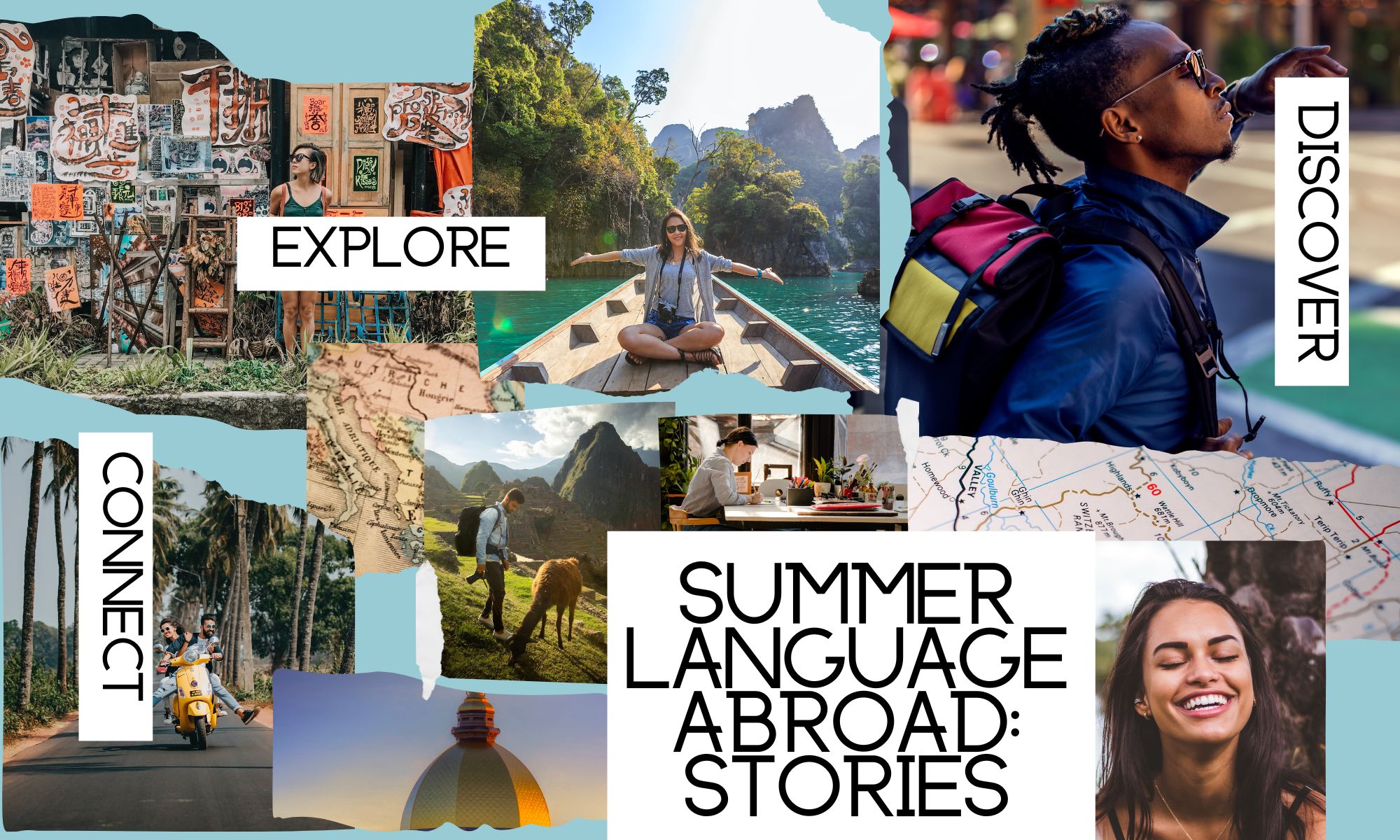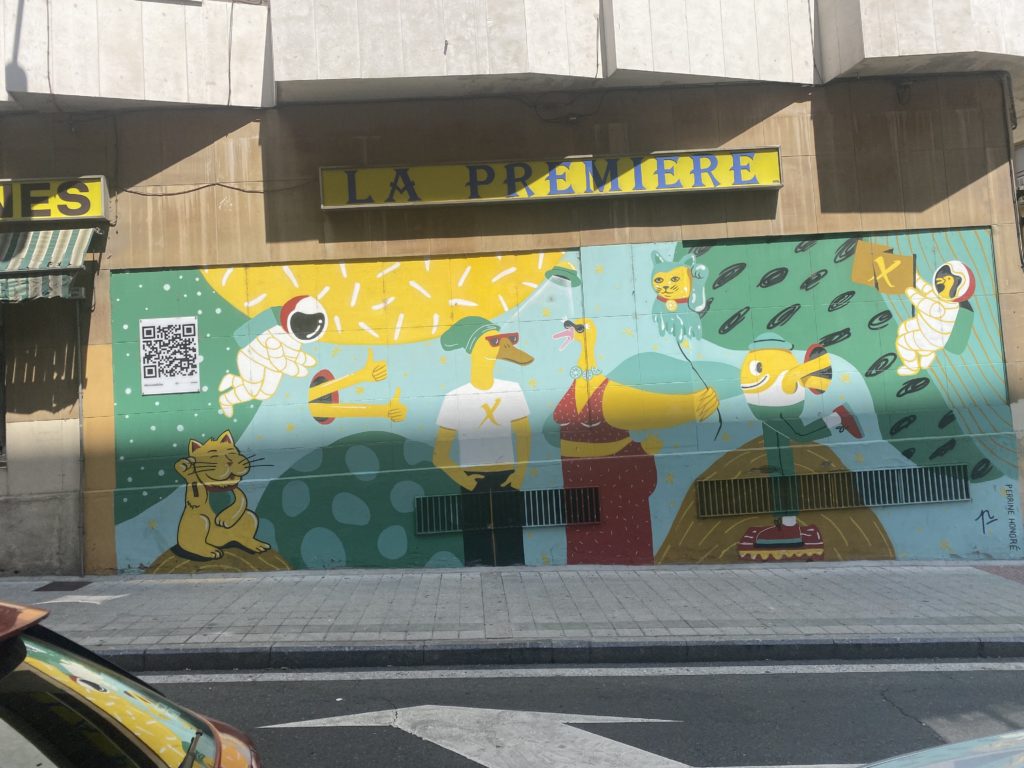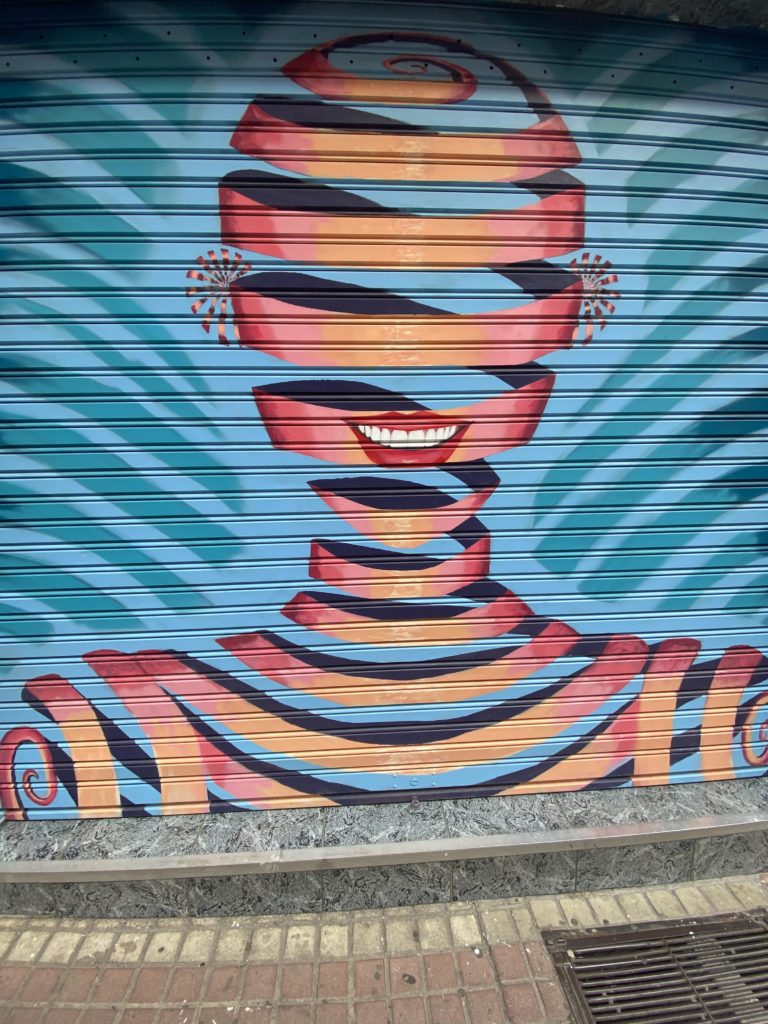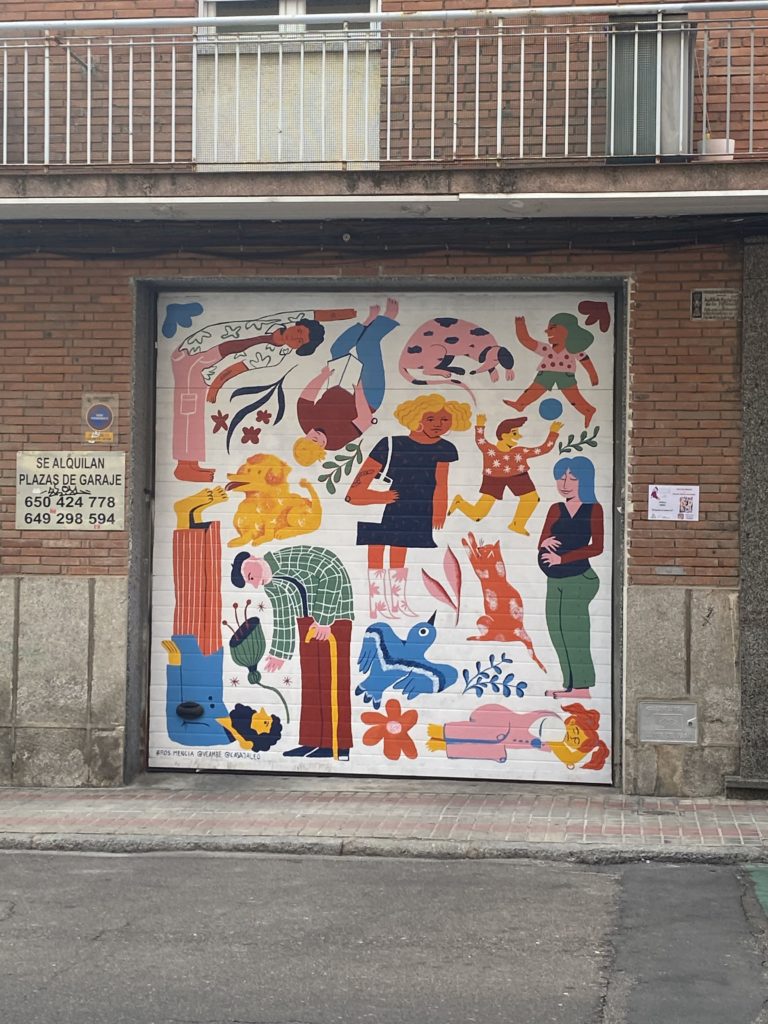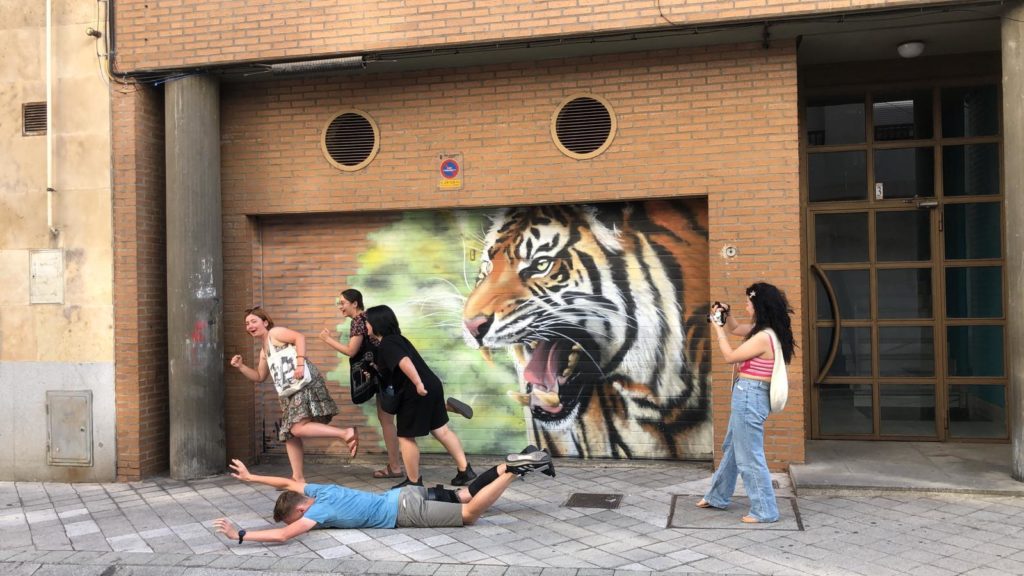
From Warsaw Chopin Airport my time in Armenia already seems like a distant dream. Or maybe that’s because my first flight back to the US was delayed over 27 hours, and I haven’t slept more than 12 hours within the last 60. In other words, perhaps the summer feels like a distant past because I’ve been trapped in an airport nightmare for far too long; like I’ve been subjected to some sort of back-to-reality prank. Or because having left Armenia, Russian is no longer the default language.
As I reflect on my time in Armenia in this half-asleep state, I feel really proud of how much I’ve learned. I am proud of the confidence I gained speaking Russian; of the fact that in my last days I had been consistently mistaken for a native speaker (don’t be fooled I’ve just learned to mask my issues with Russian phonetics), and the fact I was able to offer my fellow travelers simultaneous Russian-Polish-English translation in a time of crisis, even after being awake for 24 hours. The airport staff made quiet, almost secret, announcements about the long delay exclusively in Armenian, and I had to pry the information out of them in Russian to pass it along in other languages—like a game of испорченный телефон, or broken telephone, only I got it right. It was a true test of my skills, and I am proud to say I passed!
In some ways, Russian comes more easily to me now than Polish, and I’ve noticed that under pressure I’ve started using Russian conjugation patterns for Polish verbs. Is this because I know more Russian than Polish? No, of course not! Polish is my native language, my first language. Rather, it is the result of a language immersion program, in a city where the language is spoken everywhere, where you can hear it everywhere you go—and I am so grateful I got to experience that.
But, will every immersive language program yield this kind of result? The short answer is, это зависит от ситуации—it depends on the situation. Most importantly, it depends on you, the learner. I left my husband, dogs, and cat this summer with a mission: to get as close to fluency in Russian as humanely possible in two months. I thought eight weeks away from my family needs to bring me to a comfortable level of speaking and reading Russian, if it’s going to be worth it. So I spent almost every waking minute working on my Russian: small talk with staff in the local cafe where I ate every day; more small talk with the staff and other guests at my hostel; watching interviews with Russian journalists and politicians; reading and listening to (audio)books; carefully doing my homework every day; engaging in long and serious debates on various issues in class; joking with Alyona, our teacher, about Eastern Europe; going to every event I had the energy for. It was draining, truly exhausting. But I will miss it. I will miss speaking this language every day. I will miss the friends I’ve made in this language. And I will miss thinking in this language, as I transition out of Slavic syntax and back into English.
***
On my last evening in Yerevan, I went to the Ukrainian charity with Alyona to eat proper homemade borscht, to donate money to the shelter for war refugees, and to hang out with her one last time. As we sat in the garden, sweating from the hot soup in almost 40 degree heat (that’s Celsius, google it), we talked about what we dream of. We talked about the uncertainty of planning for the future in this day and age, and how you can do everything right and still not get to where you want to be—and sometimes that’s just how it is. For both of us, the dream is to live and work in Ukraine at some point in the near future. This wasn’t the first time we talked about it, but it was the saddest, as we tried to figure out when and how we can meet again. If Ukraine were possible, we’d both be friends there; and when it becomes possible again, I’m sure we will be.
And as we said our goodbyes and hugged by the gates of the shelter, we both cried. We cried for having met in the circumstances we did, and how they brought us to this inevitable goodbye. Alyona is truly one of the kindest and most generous people I have met in recent times. I cannot be more grateful for having spent the summer learning from her, and getting to know her on a more personal level. I will miss her.
But we’ll keep in touch in the language she taught me this summer, and I’m sure we’ll meet again, in Armenia or perhaps in Ukraine.
